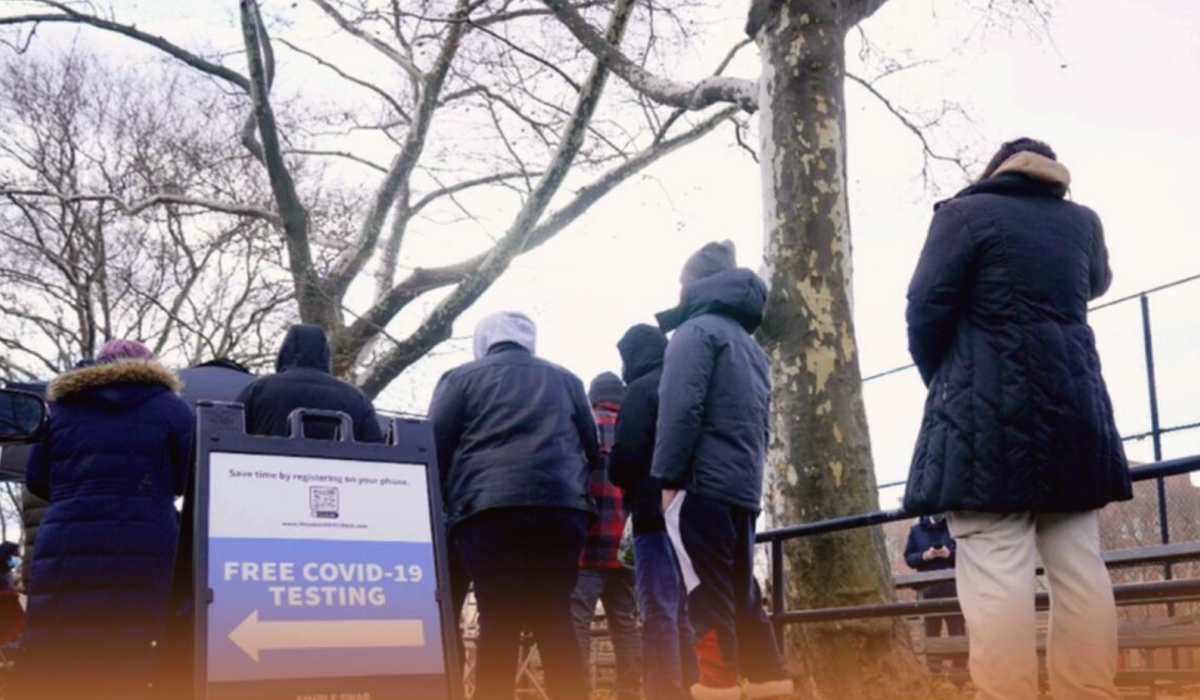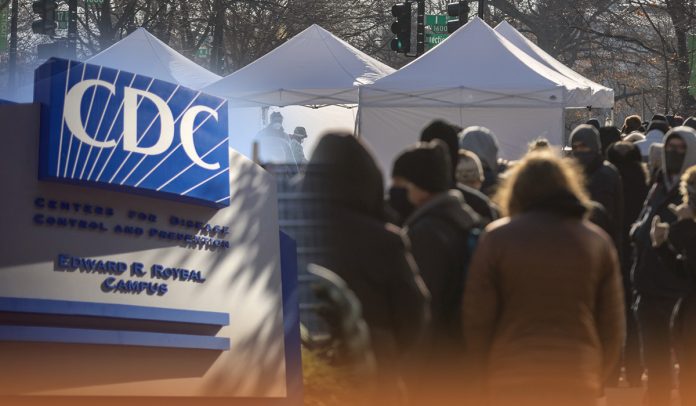On Monday, the U.S. CDC (Centers for Disease Control and Prevention) cut the recommended isolation times when they’ve tested coronavirus-positive from ten-days to five-days if they do not have virus symptoms – and if they use face masks around others for at least 5 additional days. The guidance calls for 5-days of quarantining, followed by 5-days of using a face-mask around others.
The US CDC also updated guidance for those exposed to coronavirus, saying people who are fully inoculated and boosted don’t need to isolate but should wear a face mask around others in the ten-days following exposure.
With these updates to isolation & quarantine recommendations, it is vital people stay home and test when sick and adhere to recommended masking in order to mitigate the spread of #COVID19, especially as we continue to see more of the #OmicronVariant.
— Rochelle Walensky, MD, MPH (@CDCDirector) December 27, 2021
The national public health agency added that those whose symptoms are improving might also leave their residences after 5-days so long as their symptoms are getting better. And those who have a fever should stay at home until it clears up.
The CDC said the change is stimulated by science demonstrating that most “Severe Acute Respiratory Syndrome Coronavirus 2” transmission occurs early in the course of sickness, generally in the one to two days prior to the symptom onset and the two to three days after. So, people who test positive should isolate for 5-days and, if asymptomatic at that time, they might leave isolation if they could continue to wear a face mask for 5-days to lessen the risk of infecting others.
Varying Recommendations
The health agency last week loosened rules that formerly called on healthcare employees to stay out of work for ten-days if they test COVID-positive. Instead, the latest recommendations said employees could return to work after a week if they test negative and do not have symptoms. Moreover, the health agency said the isolation period could be decreased to 5-days, or even less if there are severe staffing shortages.
Now, the US CDC is changing the quarantine and isolation guidance for the public, making it even less strict. However, the guidance isn’t a mandate; it is a recommendation to businesses and local and state officials. Also, New York state said last week that it would expand the CDC’s guidance for health care employees to include workers in other critical jobs that are experiencing severe staffing shortages.
However, other US States might seek to cut their quarantine and isolation policies, and the CDC is attempting to get out before the shift. Dr. Rochelle Walensky, the US CDC director, said that it would be supportive to have uniform CDC guidance that others could draw from, rather than a mix-up of policies.

Source: Web
The isolation rules are for those who are infected. They’re the same for unimmunized people, partly inoculated, fully inoculated, or boosted; the clock begins the day people test COVID-positive.
While the quarantine rules are for those who were in close contact with an infected individual but weren’t infected themselves, and for quarantine, the clock begins the day people are alerted that they might have been exposed to the lethal virus.
Read Also: US FDA Approves AstraZeneca’s COVID-19 Antibody Cocktail for Immunocompromised





